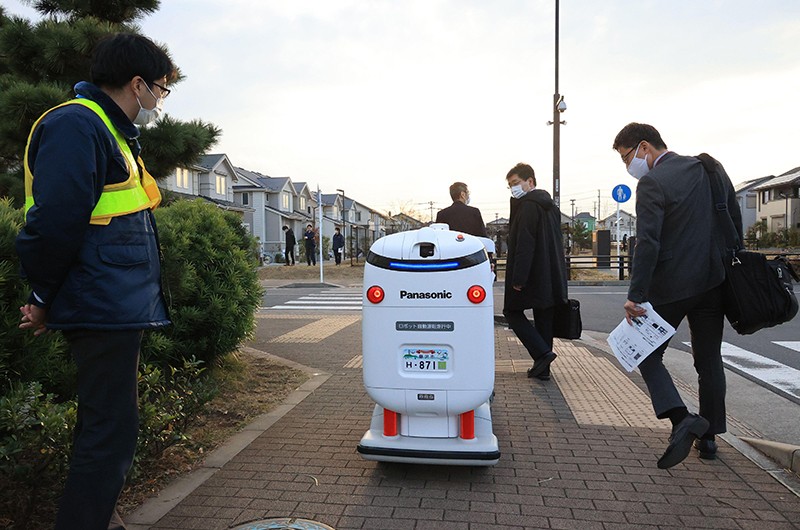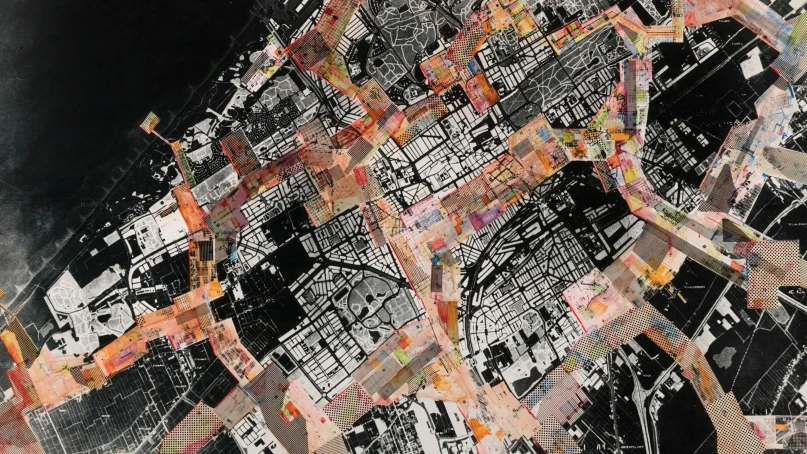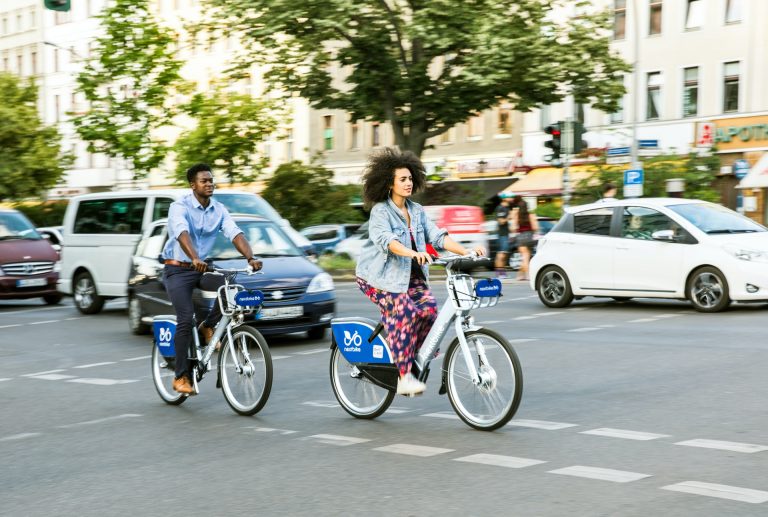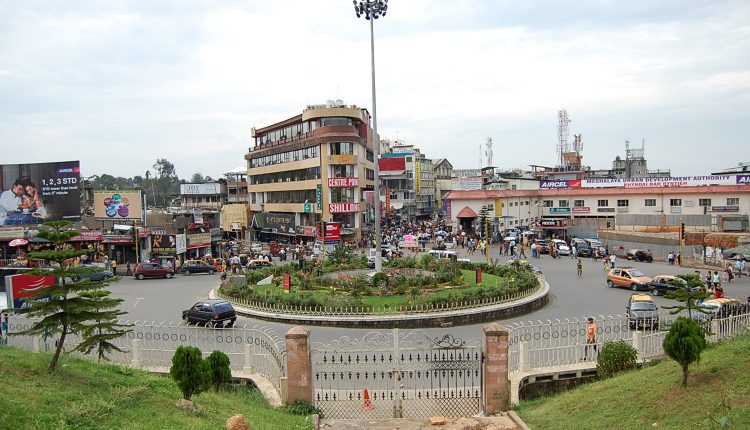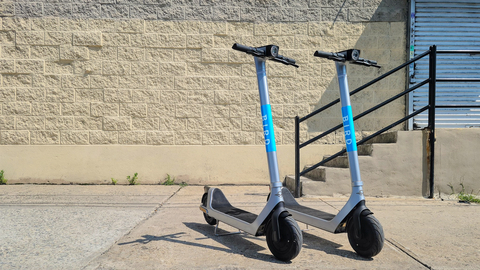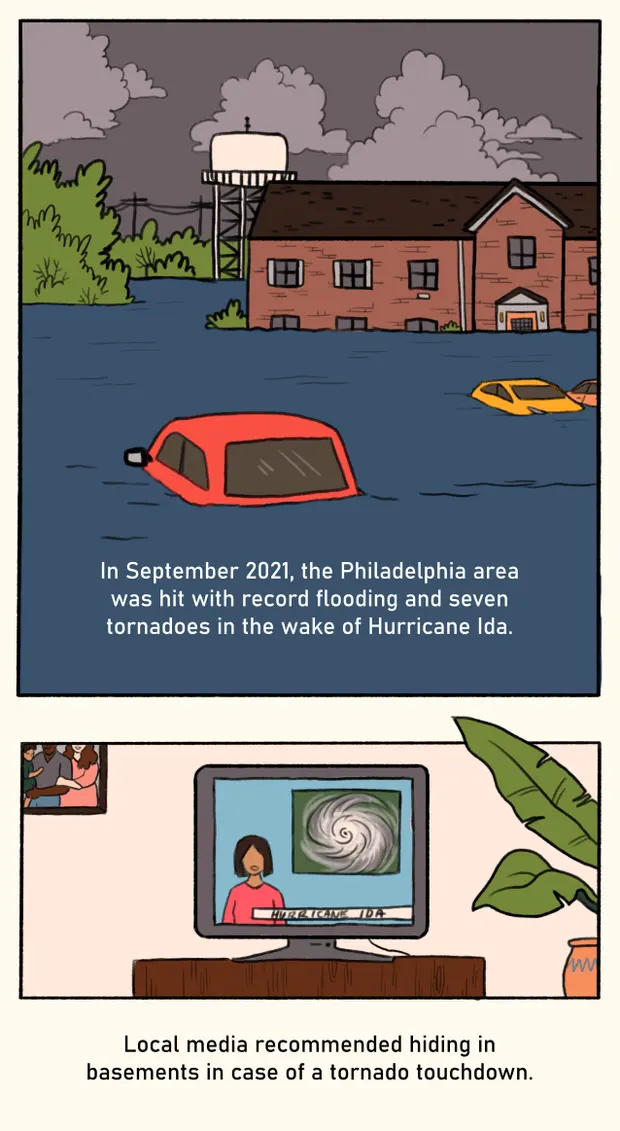
Driverless mobility will fundamentally change the way both people and goods move around cities. City governments face important challenges in terms of the extent to which roads and other urban infrastructure will need to be optimised and upgraded to accommodate these new forms of mobility.
Plenty has been written on how in-vehicle technology will enable driverless mobility, but relatively limited discussion has taken place on how road infrastructure and public spaces more generally can facilitate the deployment and safe operation of autonomous vehicles.
The current consensus seems to be that the onus will be entirely on the vehicle sensors and accompanying software to navigate any type of road infrastructure condition. For example, lane markings can be digitally reconstituted when they are only partially visible or lacking altogether by analysing the positioning of actual vehicles through analysis of historical and real-time data. Driverless vehicles will need to be able to perform reliably and safely within the constraints of and without any prerequisites related to existing road infrastructure, with AI-based sensor analytics software compensating for unclear or lacking infrastructure including absent lane markings.
+INFO: AutomotiveWorld





